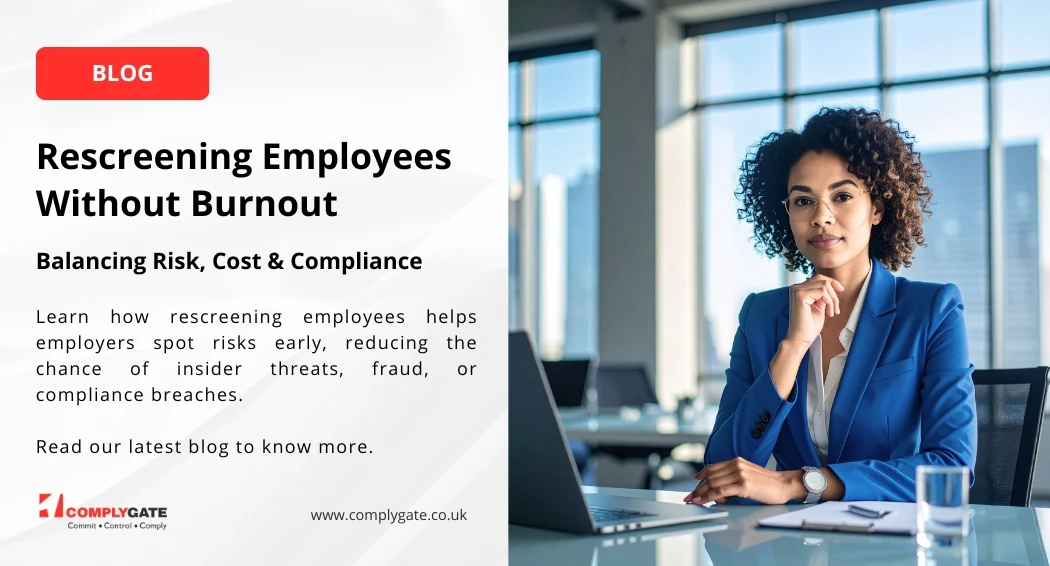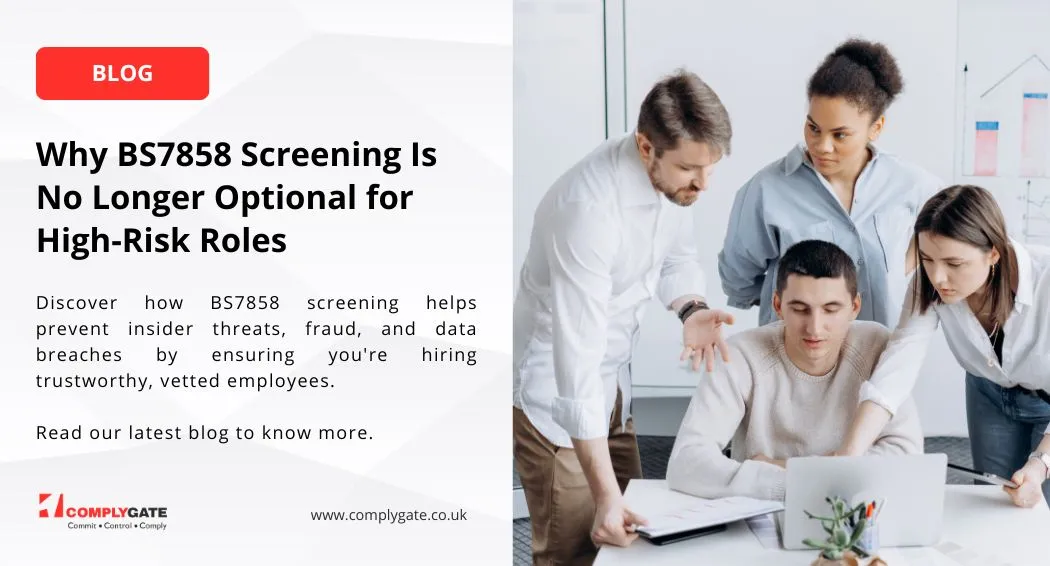HR Roles for Guiding Future Workforce
Since the last few months, the economy has undergone a drastic shift due to the Coronavirus. The Coronavirus has drastically reshaped the economy and the labour force. Rapid workplace shifts have taken place around the globe ever since the Covid-19 pandemic took the world in its grip. And these shifts include more than our workplace topology and all the technologies employed therein.
All these massive changes, which have taken over the entire workplace model in a short span of a few months, have escalated the roles and importance of HR in organizations by many folds, especially in preparation for the “new normal”. A majority of organizational workers depend on their employers to assist them to prepare for the future of work. Just like the abrupt increase in scope for CFOs after the 2008 economic crisis, this can be a great opportunity for CHROs to become the key game changers.
It is widely believed around the world that this crucial juncture is HR’s moment of glory by the momentous role they’re playing in leading organizations through disarray into a profitable future. The HR have a great opportunity to guide and upskill workers in preparation for successful future roles with changing working models.
The Cognizant Center for Future of Work and Future Workplace, with these goals in place, had led a nine-month initiative to study and predict the future of HR. The event brought together a network of nearly 100 CHROs, CLOs and VPs on clarifying the gradual evolution and involvement of HR in various roles namely technological, cultural and business. This led to the creation of over 60 new HR jobs in the industry, including detailed essential skills mandatory for each role. Subsequently, the list was narrowed down to include and highlight the top 21 HR jobs of the future.
This year may be a watershed moment for HR roles. More such roles shall open up in the near future. While some of the roles are entirely new positions, other roles are more of diversified responsibilities that are critical from a business and organizational standpoint as work and ways of doing business continuously reinvent themselves from a strategic and implementation standpoint. The final top 21 jobs highlight the following five main themes:
Resilience
The remote work measures taken in response to prevent the spreading of the Covid-19 pandemic are the major reason that the global economy has survived and thrived through the pandemic, whilst maintaining the ethics of business and work-life balance. Workforce happiness has emerged as a new success factor for the organization and have put forth the importance of workforce health and wellness in all respects. This means laying the foundation of a holistic approach towards workforce wellbeing and benefits.
Therefore, this approach makes it absolutely imperative to pave the way for a new strategic HR role focused on workforce well-being for increasing employee retention — and not just meant as an office perk. This could lead to the creation of a separate HR role whose goals would be to provide strategic management and nurturing practices to boost the emotional, physical, mental, and spiritual health. Many organizations have already started hiring for the role Director of Wellbeing, who shall lead efforts into the worker well-being domain.
Organizational trust and safety
An ethical and responsible workplace is the need of the hour, for leading which the HR professionals are uniquely positioned. Researches on workplace attitudes towards AI have shown that people are concerned about data security breaches. Statistically speaking, more than half of the surveyed persons remarked that they were very concerned about data privacy breaches.
On the other hand, hiring managers have remarked time and again that AI saves them a lot of hiring time in finding the right candidates. Now this is the problem. AI has come under the banner of examination for harbouring bias and inaccuracy. Tonnes of social media data, if ever breached, can reveal personal nature of people, including an organization’s workforce.
This has called for a greater need for maintaining and upholding data privacy protection And ensuring fairness and accountability in all data transactions between people and the HR, who must ensure that people are treated fairly at throughout employee lifecycles.
Creativity and innovation.
There is considerable present scope for new HR roles regarding corporate strategy. These new roles would analyze upcoming essential skills for the future workforce and lead the organizational strategy for keeping the workforce skills up to speed. This position can also incorporate technical inputs from the academia and the industry to help navigate the organization and its workforce in different conditions and periods for success. This role can be called as an HR Workforce Strategy Director.
Data literacy
HR analytics, though an important application part of HR for solving key people challenges, is still at an infancy stage to be exploited at an organizational level. Presently only a few HR functions have well-developed analytics capabilities built into their teams, especially for performing root cause analyses like team performances and creation of diverse and inclusive workplace culture. HR Data teams can fill up a new data-based HR role whose goal would be to predict and extrapolate important organizational data streams like employee surveys, learning management systems etc. as well as solving important business problems and telling interesting stories with data by compiling insights to help improve employee performance and drive better results for the organization.
Human-machine interaction
The involvement of robots and intelligent machines has constantly been on the rise within organizations, and this has made it inevitable and mandatory to have a necessary interface and collaboration for human machine. Robots have no substitute when mechanical precision and computational decision-making is required, whereas human excel at collaborative problem-solving by assessing situation and negotiation. Therefore, a new prospective HR role would seek to increase the cooperation between human and machines and aim to provide a seamless experience between various automated systems like chatbots and humans, and to guide and teach the former to handle and run tasks seamlessly.
Immense change is under way, and getting a headstart is a must. Future HR roles must be indispensably anticipated by today’s organizations, especially those who want to outperform their competitors. With the evolution of new roles, it is these organizations who shall have a clear understanding of HR-driven future workplace methodologies which propel an organization towards growth and rising success.











